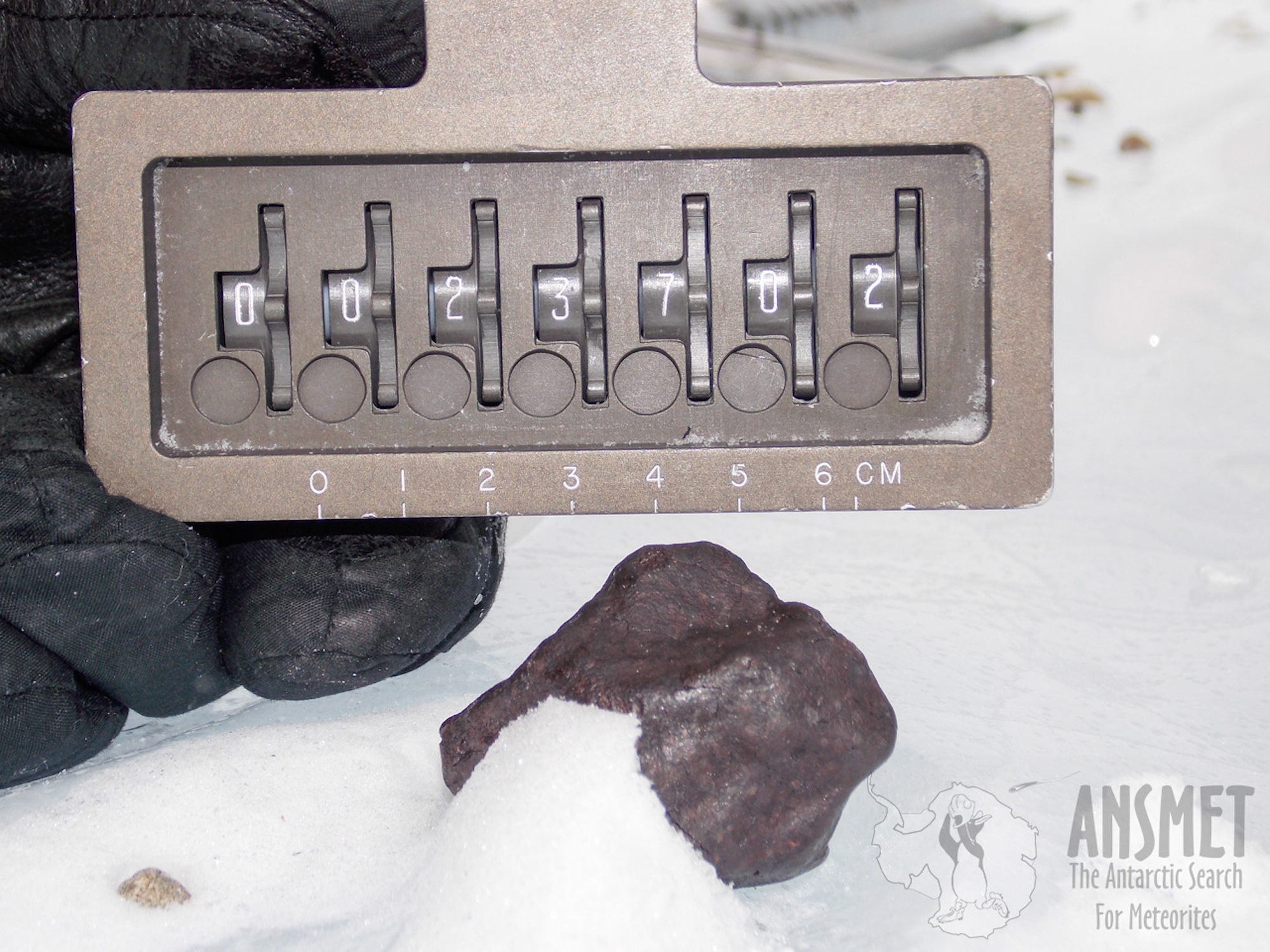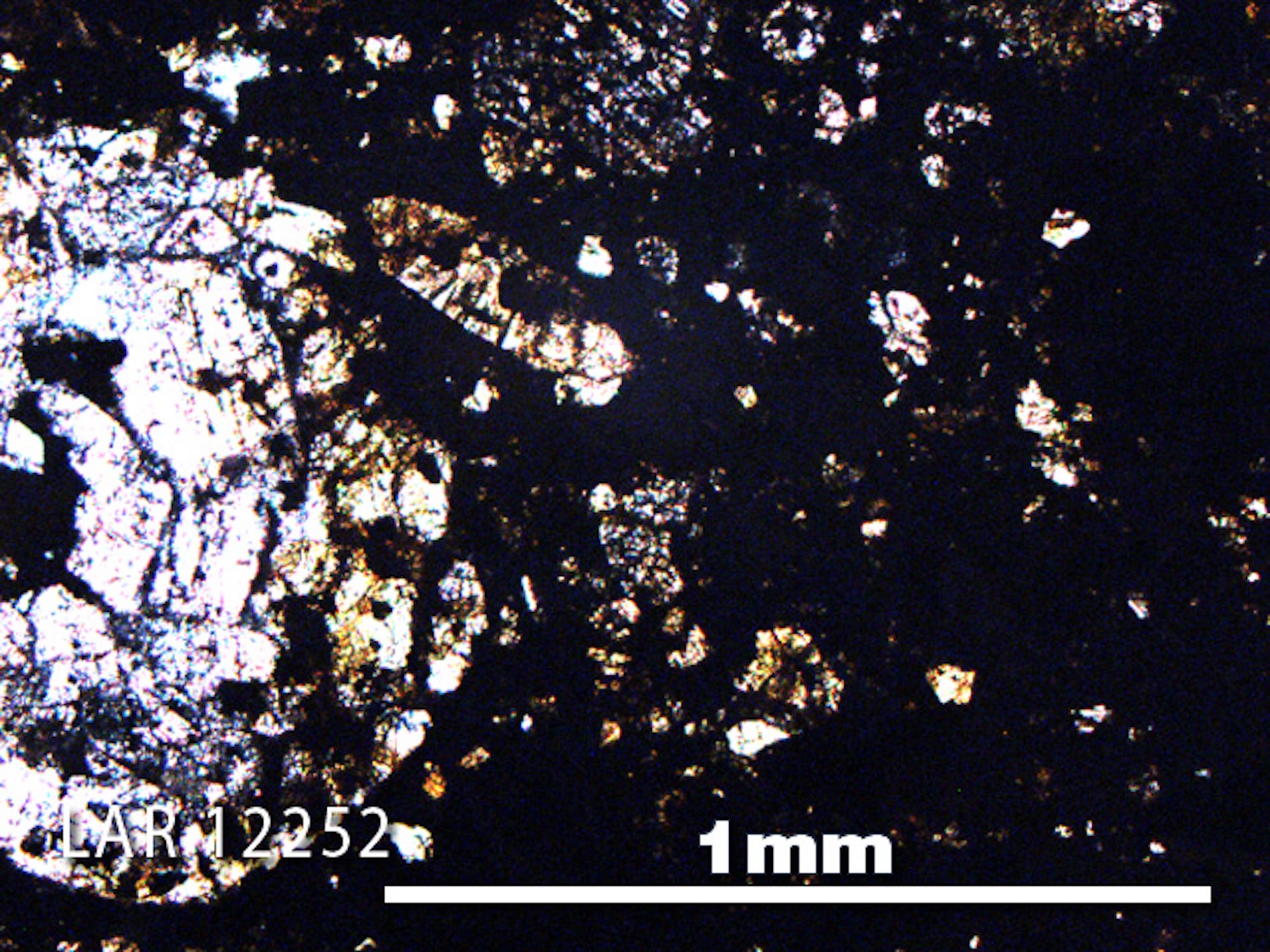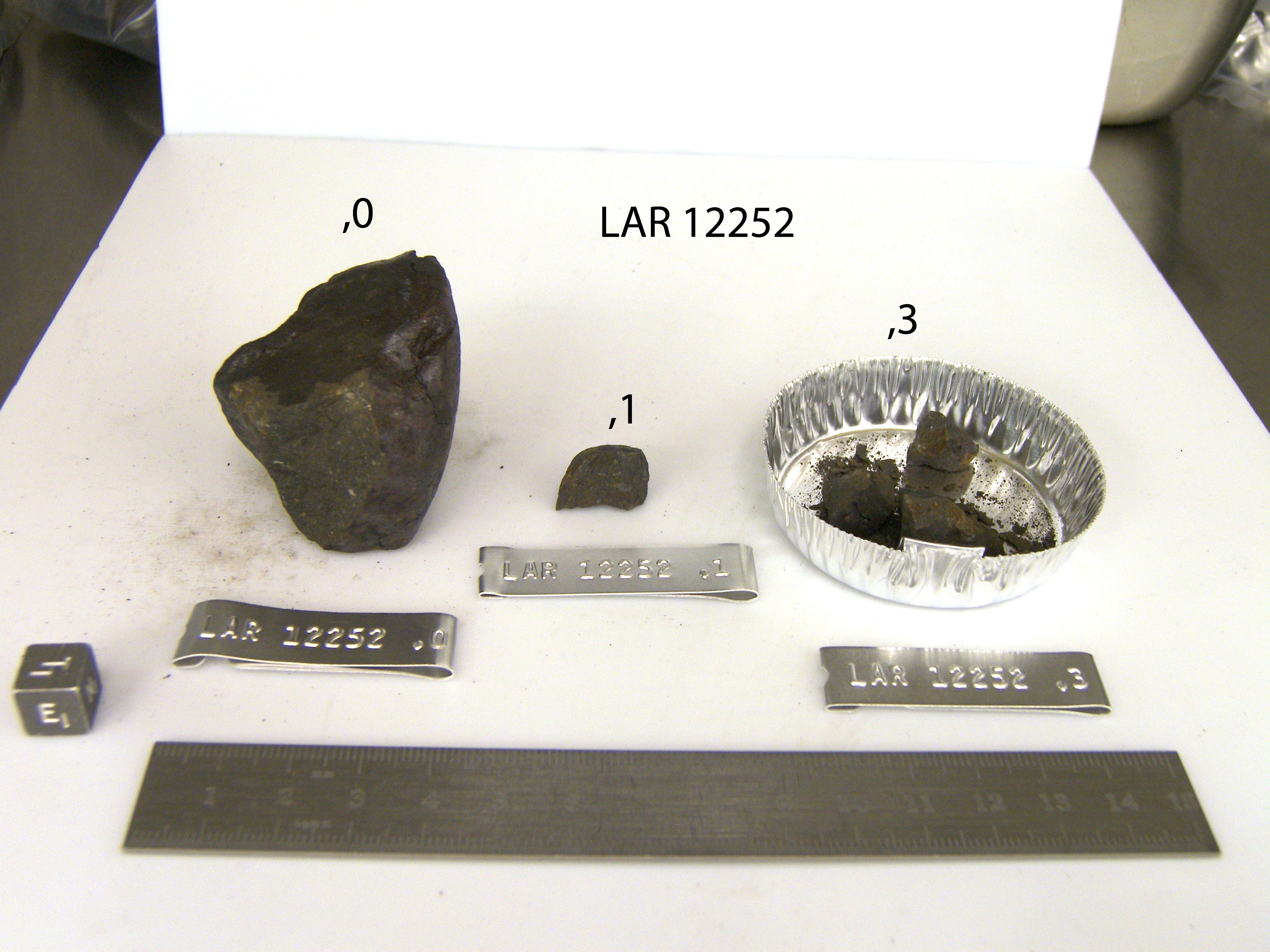The core question surrounding the origin of life on Earth revolves around water. Specifically, scientists ponder where the initial water molecules originated from and how they came into existence. In 2020, investigators from France’s University of Lorraine revealed findings within a meteorite called Sahara 97096 which bolstered a widely accepted hypothesis: Earth’s supply of...
Water lies at the heart of one of the long-standing queries regarding what processes led to the origin of life on our planet r More precisely, where and how did the initial water molecules originate? In 2020, scientists from France’s University of Lorraine conducted research on this question. announced evidence observed in a meteorite called Sahara 97096, which backed a growing hypothesis that Earth’s initial water components were concealed within asteroids. meteorites that collided Billions of years ago, the planet was thought to lack certain elements necessary for life's inception. However, a group from the University of Oxford is challenging this notion, asserting that proto-Earth possessed ample hydrogen to initiate life processes. These findings were detailed in an article released on April 16 in the mentioned scientific journal. Icarus and follow an analysis of a comparable meteorite found in Antarctica.
The foundation of their rebuttal lies in a peculiar kind of space rock known as enstatite chondrites. These meteorites hold great importance for planetary researchers due to their similarity to how the Earth appeared around 4.55 billion years ago. Although Sahara 97096 falls into this category of enstatite chondrite, only a handful have been discovered on our planet. Another instance can be found with the sample labeled LAR 12252. Recently, members from the University of Oxford transported this extraterrestrial object to the Diamond Light Source synchrotron located in Harwell, Oxfordshire, for further investigation.

Over there, they utilized the particle accelerator facility for conducting X-ray Absorption Near Edge Structure (XANES) spectroscopy. This technique involves firing X-rays at a specimen; the atoms within then absorb this energy. As a result, specific chemical compounds can develop based on the elements present in the material being examined, leading to distinct atomic bonding patterns.
In this study, scientists sought out substances containing sulfur. Earlier examinations of Sahara 97096 showed signs of hydrogen within both organic components and amorphous areas of the meteorite. However, it remained uncertain then whether the detected hydrogen throughout the rest of Sahara 97096 originated naturally with the stone itself or had been introduced as terrestrial contamination after landing on Earth.

Researchers from the University of Oxford proposed that employing XANES spectroscopy might reveal hydrogen bonded to significant quantities of sulfur within LAR 12252. Initially, their focus was on the amorphous regions of the meteorite since previous studies had detected hydrogen in similar areas of Sahara 97096. However, during their investigation, they inadvertently examined adjacent sub-microscopic materials as well. Surprisingly, these overlooked portions were discovered to contain hydrogen sulfide with approximately fivefold higher concentrations compared to those observed in the non-crystalline zones. In contrast, segments of LAR 12252 exhibiting fractures and clear indications of terrestrial contaminants such as oxidation displayed minimal or undetectable levels of hydrogen. Consequently, the research group concluded that it is highly improbable that the hydrogen sulfide identified in LAR 12252 formed here on Earth.
Although this might initially seem as though it supports The study’s authors contend that meteorites did not bring the necessary hydrogen for water to Earth, contradicting this theory.
Recall how enstatite chondrites closely match the geological makeup of early Earth. Analyzing the natural levels of hydrogen sulfide in specimens like LAR 12252 suggests that our planet contained sufficient hydrogen to generate the initial water molecules necessary for life to emerge.

"We were extremely thrilled when the analysis revealed that the sample included hydrogen sulfide—not at the location we anticipated," said study leader Tom Barrett. said in a statement Since the probability of this hydrogen sulfide coming from land-based pollution is quite minimal, this study offers crucial proof backing the idea that Earth’s water is indigenous—essentially an inherent result of the materials our planet consists of.
As stated by study co-author James Bryson, the findings strongly suggest that Earth supplies its own materials for the emergence of life.
We currently believe that the material which constructed our planet contained significantly more hydrogen than we initially assumed," he said. "This discovery backs up the notion that Earth’s water formation was an inevitable occurrence, not merely a result of hydrated asteroids impacting our planet post-formation.
Despite this, the research cannot definitively prove the theory of terrestrial life. However, there is a possibility that meteorites rich in hydrogen might have played a role. Nonetheless, the fresh data strongly suggests that early Earth could potentially generate water independently, without requiring any extraterrestrial materials.


0 Comments